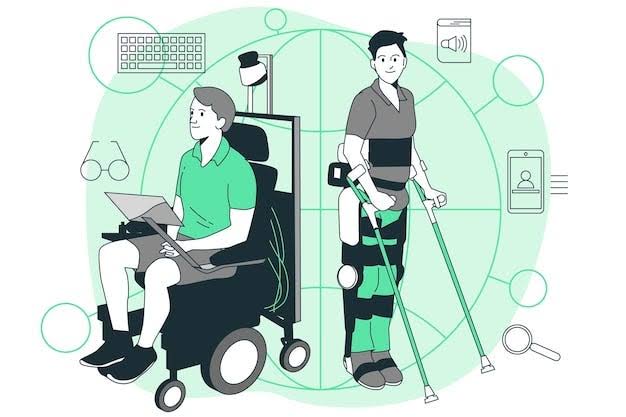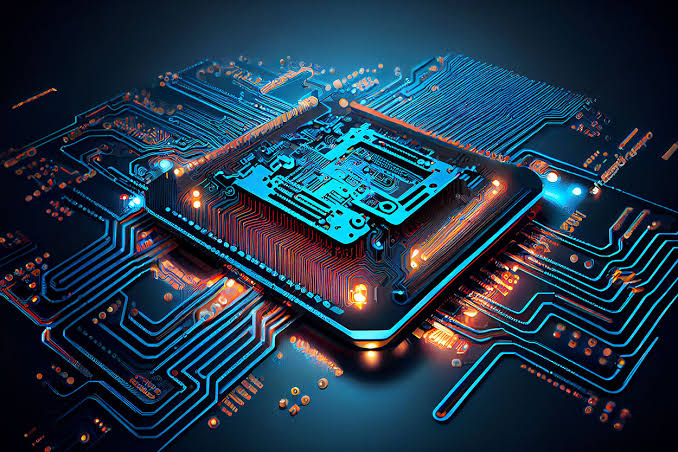Cybersecurity threats have become increasingly complex and frequent in the digital era, affecting businesses, governments, and individuals alike. As of 2025, traditional security systems alone are no longer sufficient to detect and respond to the sophisticated nature of modern cyberattacks. Artificial Intelligence (AI) has emerged as a powerful ally in strengthening cybersecurity measures by providing faster detection, predictive threat analysis, and automated response mechanisms. By combining machine learning, big data analytics, and intelligent automation, AI significantly enhances the ability to prevent, detect, and neutralize cyber threats in real time.
The Role of AI in Modern Cybersecurity
AI plays a critical role in cybersecurity because of its ability to analyze vast amounts of data and identify patterns that human analysts might miss. Cyberattacks often involve subtle, complex techniques that require monitoring networks, user behaviors, and endpoints at all times. AI-powered systems can:
- Detect anomalies faster than manual methods
- Automate repetitive tasks like log analysis and system monitoring
- Predict potential threats by identifying suspicious patterns
- Respond to attacks in real time with minimal human intervention
This capability transforms cybersecurity from a reactive model to a proactive and preventive approach.
Key AI Technologies in Cybersecurity
1. Machine Learning for Threat Detection
Machine learning (ML), a core branch of AI, enables security systems to learn from historical data and improve over time. ML algorithms can identify unusual network traffic, abnormal login attempts, and unauthorized access patterns without needing explicit programming. As new attacks emerge, these models adapt to detect novel threats.
2. Behavioral Analytics
AI-driven behavioral analytics monitor how users, devices, and applications typically interact with systems. When deviations occur—such as a sudden data download at unusual hours or a login from an unrecognized location—AI can immediately flag the activity as suspicious. This helps detect insider threats, compromised accounts, and advanced persistent threats (APTs) before they escalate.
3. Automated Incident Response
AI enhances cybersecurity by automating response actions. Once an attack is detected, AI systems can isolate affected devices, block malicious IP addresses, and initiate alerts without waiting for human approval. This rapid response minimizes damage and prevents the spread of malware or ransomware across networks.
4. Predictive Threat Intelligence
AI can analyze global threat data from multiple sources to predict upcoming attacks and identify vulnerabilities. Predictive models help organizations strengthen defenses by patching weaknesses before hackers exploit them. This intelligence-driven approach is especially valuable for preventing zero-day attacks.
5. Natural Language Processing (NLP)
With NLP, AI can analyze threat reports, social media, and dark web communications to identify potential attack trends. Cybercriminals often leave digital footprints in forums or encrypted messaging platforms, and NLP-powered tools help security analysts understand and anticipate emerging threats faster.
Benefits of AI in Cybersecurity
- Speed and Accuracy: AI detects and responds to threats in seconds, far faster than human teams alone.
- Proactive Defense: Predictive analytics reduce the risk of successful attacks by anticipating vulnerabilities.
- 24/7 Monitoring: AI provides continuous surveillance across networks and devices without fatigue.
- Reduced Human Error: Automated responses minimize mistakes that can occur in manual threat handling.
- Cost Efficiency: By handling repetitive tasks, AI frees human analysts to focus on complex security strategies.
Real-World Applications of AI in Cybersecurity
- Fraud Detection in Financial Institutions
Banks and payment systems use AI to detect fraudulent transactions in real time by analyzing spending patterns and identifying anomalies. - Malware and Ransomware Defense
AI-powered systems like endpoint detection platforms recognize malware signatures and stop ransomware attacks before files are encrypted. - Cloud and Network Security
Cloud service providers use AI to monitor vast amounts of data traffic, detect unauthorized access, and prevent data breaches. - Phishing and Social Engineering Protection
AI filters emails and websites to identify phishing attempts based on subtle cues in language and behavior patterns. - Critical Infrastructure Protection
Government and energy sectors leverage AI to secure power grids, water systems, and transport networks from cyber sabotage.
Challenges and Considerations
Despite its benefits, AI in cybersecurity presents certain challenges:
- High Implementation Costs: Advanced AI systems require investment in infrastructure and skilled personnel.
- Data Privacy Concerns: AI relies on large amounts of data, which must be handled securely to prevent misuse.
- Adversarial AI Attacks: Hackers can attempt to manipulate AI models by feeding them misleading data.
- Dependence on Training Data: Poor or biased datasets may reduce the effectiveness of AI threat detection.
Addressing these challenges involves ongoing research, ethical AI practices, and collaboration between technology developers and cybersecurity experts.
The Future of AI in Cybersecurity
The future of cybersecurity will be increasingly AI-driven. By 2030, experts anticipate more advanced systems that combine AI, quantum computing, and blockchain to provide nearly impenetrable defenses. Emerging trends include:
- AI-powered autonomous security operations centers (SOCs)
- Deep learning models capable of understanding highly complex cyberattacks
- Integration with Internet of Things (IoT) security to protect smart devices
- AI-driven threat sharing between global cybersecurity networks
These advancements will enable organizations to stay ahead of increasingly sophisticated cybercriminals.
Conclusion
Artificial intelligence is revolutionizing cybersecurity by transforming threat detection, prevention, and response. Through machine learning, behavioral analytics, and predictive intelligence, AI provides a faster and more efficient defense against evolving cyber threats. While challenges remain, AI’s role in cybersecurity is only expected to grow, offering organizations a proactive and resilient shield in an increasingly digital and vulnerable world.




Cool